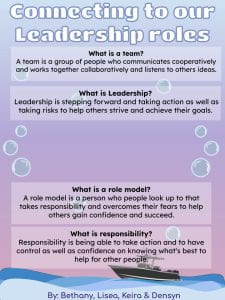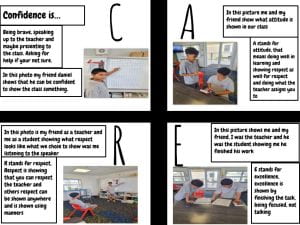We used our smart searching skills to find facts about the Bengal Swamp Tiger. Once we had found the information we needed we made notes in our own words. We used these notes to help us write our information reports. Information reports give readers with information on a chosen topic by providing them with facts.
LI: to write an information report that informs the reader about the Swamp Tiger.
Not many people know that swamp tigers are nocturnal hunters. Swamp tigers, (also known as panthera tigris tigris) are glamorous animals, regardless of their beauty they are vicious beasts that are slowly coming to extinction. These tigers can be found in the mangrove forests of Sundarbans, which is in-between India and bangladesh.
Swamp tigers have an orange coat and black stripes all around their body to help them camouflage with their surroundings. These creatures have a beastly jaw and muscular bodies. They use their enormous and retractable claws to easily take out their prey. Also did you know that they weigh about 453.592kgs?
Bengal tigers are carnivorous animals (only eats meat) they can eat, and kill everything starting from tiny crabs, to human beings. These animals eat wild boars, deers, buffalos, monkeys, unlike other tigers they include marine life into their diet.
Are you aware only about 100 of the bengal swamp tigers remain today? Swamp tigers come from a continent in Asia, you will find that they live between the borderlines of India and bangladesh. They like humid places and live in mangroves forests.
Not many people know that they are unsocial animals, either way these tigers are very protective about their territory. As it says in the opening statement, they live in mangrove forests, because of this they can camouflage easily to hunt for their prey.
Not a lot of people are aware that these beautiful predator populations will decrease if we continue to expand cities.

